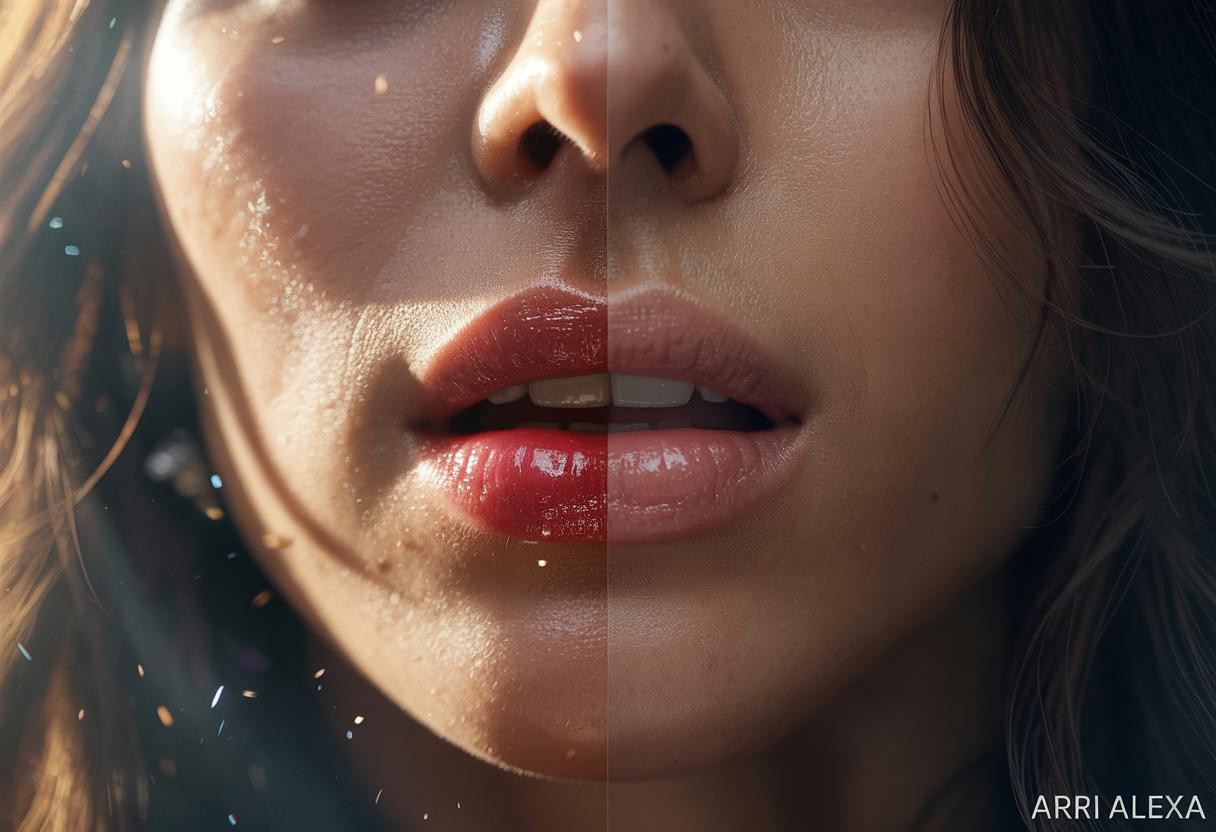Have you ever considered what’s actually in your favorite lipstick? The beauty industry is facing a reckoning as several common lipstick ingredients come under regulatory scrutiny in 2025. While you might not need to purge your makeup bag immediately, understanding what’s happening could help you make safer choices for your daily pout.
Why certain lipstick ingredients are raising red flags
Regulatory agencies worldwide are investigating ingredients long considered staples in lipstick formulations. Synthetic dyes like Red 33 and Yellow 5 have been linked to potential carcinogenic effects and allergic reactions. Meanwhile, petroleum-based ingredients, despite their moisturizing properties, carry concerns about contamination.
“The cosmetics industry continues to fail consumers by not ensuring safer products,” explains Alexa Friedman, Senior Scientist at the Environmental Working Group. “Many women apply lipstick multiple times daily, essentially consuming small amounts of these chemicals over time.”
The heavy metal hiding in your favorite shade
Perhaps most alarming is the presence of lead in many lipsticks. Studies have found that 61% of lipsticks contain detectable lead levels, with some reaching as high as 7.19 parts per million. Like secondhand smoke lingering in a room long after the cigarette is extinguished, these heavy metals accumulate in our bodies over years of use.
“While individual applications might seem harmless, we need to consider the cumulative exposure over decades of daily use,” notes Dr. Jonathon Miller, toxicologist specializing in cosmetic safety.
Are ‘natural’ alternatives truly safer?
The clean beauty movement has gained momentum, but mineral makeup isn’t automatically safer. Surprisingly, products marketed as “natural” can still contain heavy metals and problematic ingredients. It’s like assuming all plants are safe to eat simply because they grow in nature—a dangerous oversimplification.
The “forever chemicals” that never leave
Some lip products contain PFAS (per- and polyfluoroalkyl substances), nicknamed “forever chemicals” because they persist in the environment and our bodies. Several major brands now face lawsuits over undisclosed PFAS in their products, including those marketed as “natural” or “clean.”
What to look for when choosing safer lipsticks
- Avoid products with synthetic dyes like Red 33, Yellow 5, and Yellow 6
- Look for brands that test for and disclose heavy metal content
- Choose products that specifically state “PFAS-free”
- Consider ingredient transparency when selecting brands
The global regulatory divide
The European Union maintains stricter guidelines for cosmetic ingredients compared to the United States. This regulatory gap means that identical products might have different formulations depending on where they’re sold, creating a puzzling landscape for consumers seeking safer options.
For those concerned about potential skin damage, learning from others’ experiences can provide valuable perspective before making changes to your beauty routine.
Should you toss your collection?
- Check ingredient lists for synthetic dyes and petroleum products
- Consider gradually replacing products as they run out
- Prioritize replacing everyday shades over occasional colors
- Research brands with strong safety protocols
While shopping for safer alternatives, you might also explore complementary beauty products with better safety profiles. And for those summer days when you want to simplify your routine, consider multipurpose options that reduce your overall product exposure.
Ready to rethink your lip color routine?
Rather than panicking, use this moment as an opportunity to become a more informed beauty consumer. Your lipstick collection doesn’t need an immediate overhaul, but understanding what you’re applying to your lips empowers you to make healthier choices with each new purchase. After all, beauty should never come at the expense of your wellbeing.
